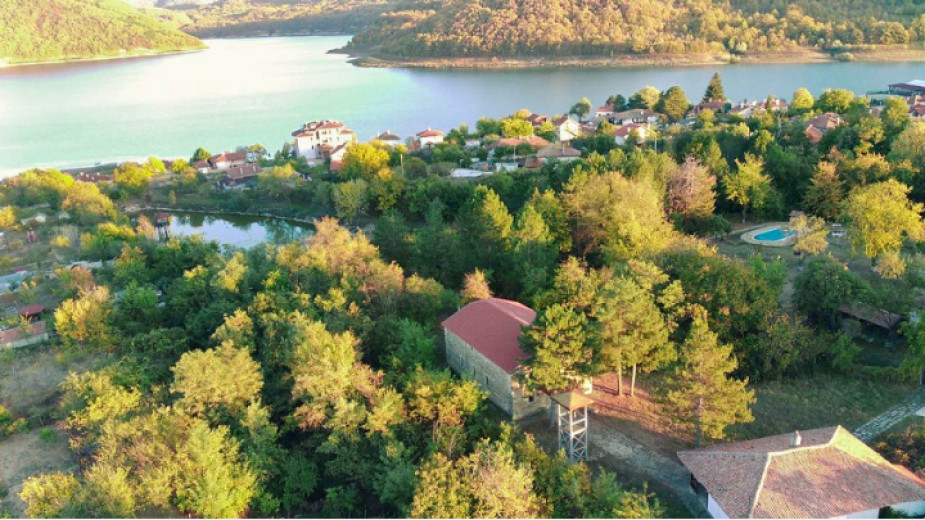
In the middle of the 20th century, dozens of Bulgarian villages were submerged forever underwater and their inhabitants were forcibly evicted from their land. The communist government started the mass construction of dams, but at the cost of human destinies.
Nowadays, almost nothing is known about these bits of Bulgarian land left at the bottom of the dams. In some places, the sad ruins of churches or cemeteries still stick out above the water, giving a sense of sadness and irretrievable loss. What was the fate of these villages and what happened to their inhabitants?
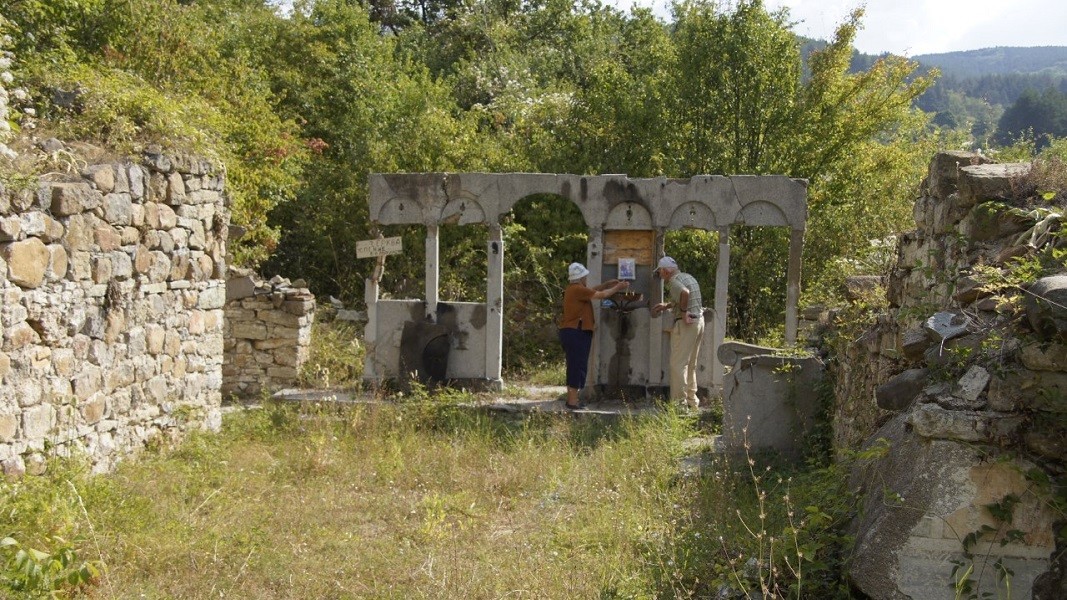
A team of the Institute of Ethnology and Folklore at the Bulgarian Academy of Sciences is following the traces of Bulgaria's Sunken Heritage to lift the veil of the past.
So far, researchers have identified 23 dams, during the construction of which the inhabitants of more than 60 villages and smaller settlements were displaced. Most of thee villages were located in mountain regions, they had no electricity, roads, doctors... For many, moving to better-off regions meant modernization and a chance for a better life, Chief Assistant Professor Lina Gergova, head of the BAS research team says. People were compensated by the state, but sometimes the compensation was not fair.
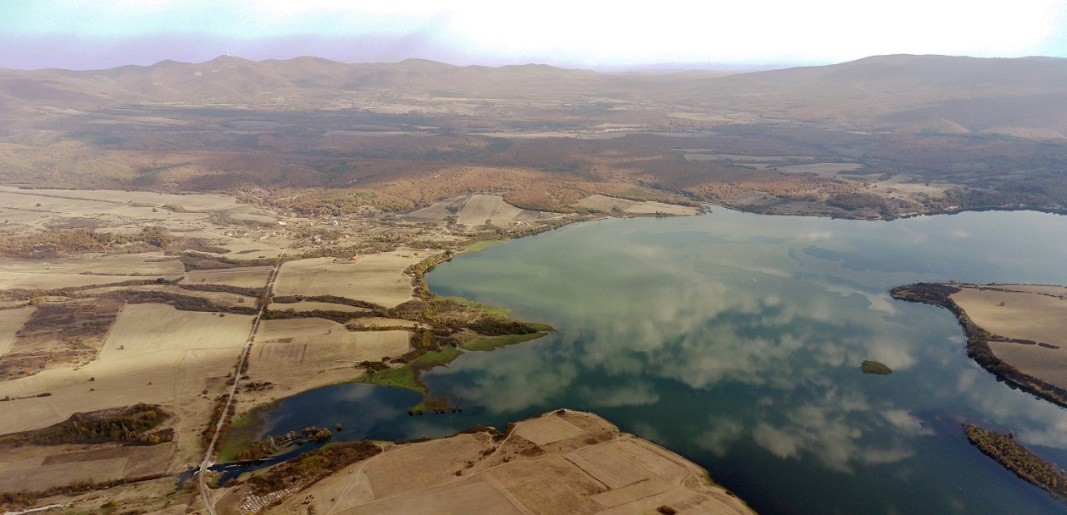
"We have collected stories about how people did not want to leave, how they did not believe that the water would really reach their house and they stood until the water surrounded their homes. This happened for example in one of the villages in the Iskar dam. And we have information about a family that refused to leave their village during the construction of the Yovkovtsi dam and settled in a huge wine barrel as all the houses were destroyed, before they were forcibly evicted from there," Lina Gergova says.
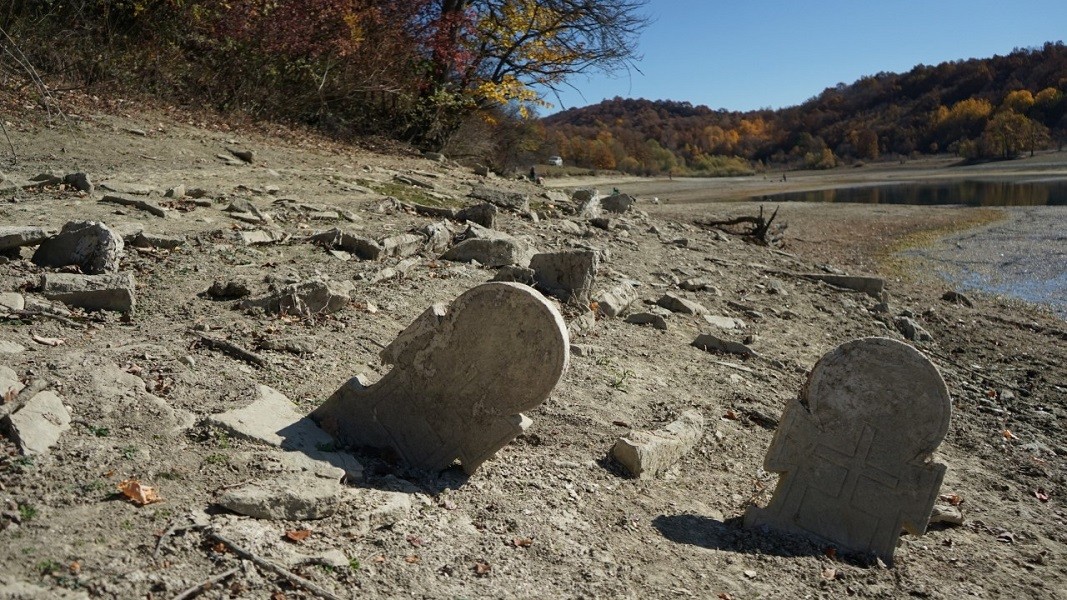
People also dismantled their houses themselves in order to use the building materials somewhere else. Then bulldozers leveled the bottom of the future dam. But the structures of churches remained, like guardians of the lost memory.
"The explanation for not destroying some churches was more pragmatic - there was no one to give compensation to and then make the owners destroy the buildings themselves. But there were also cases when churches were blown up, such as the one in the village of Yovkovtsi in the dam of the same name, or the church in the village of Darets in the Studen Kladenets dam. Sometimes people collected the remains of their beloved ones and moved them from the cemeteries. For example, the residents of Zhrebchevo dug up the bones, collected them in an ossuary and buried it near a motel. They also placed a memorial plaque. But construction started near the motel, the memorial plaque disappeared and what happened to the ossuary is unknown," Dr. Lina Gergova says.
Some of the villages were located along the banks of the dams under construction, so the authorities evicted people for sanitary and transport reasons. After time, these settlements also disappeared.
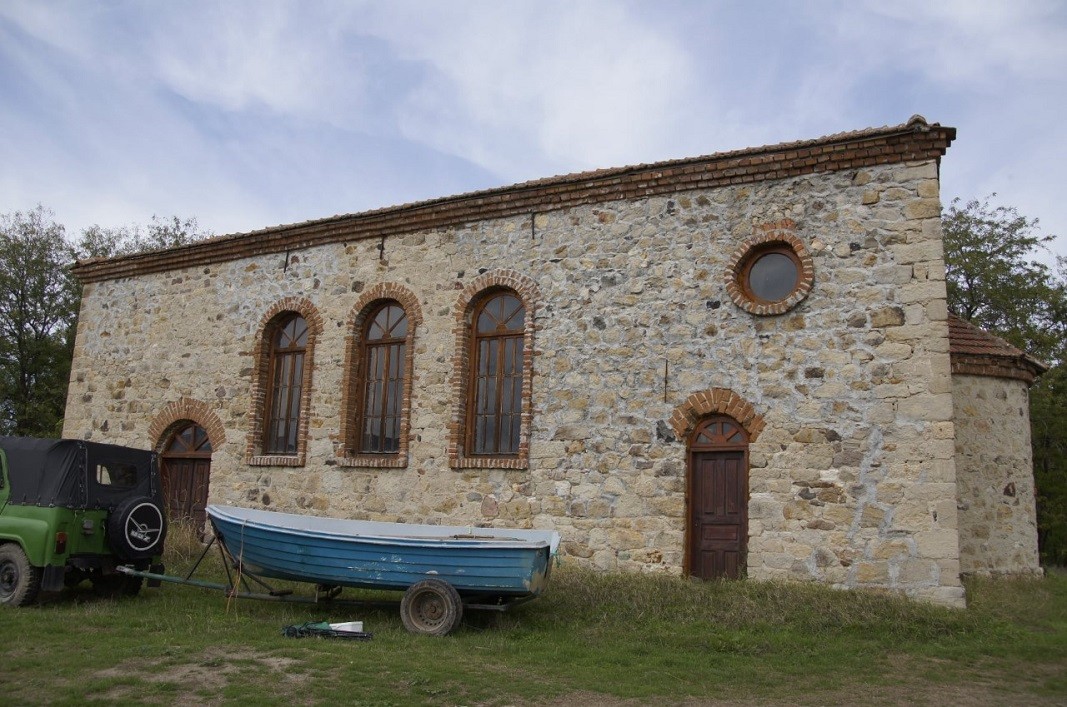
"It is very sad that villages were destroyed, but we must not forget the huge contribution of the dams, not only for water supply, but also for the electrification of Bulgaria, industrial water supply, irrigation. Maybe it was worth the sacrifice. This is exactly what people were told - that they should sacrifice themselves for the common good. There were even such propaganda songs that were being spread on the principle of folklore. For example, we came across songs in Turkish, recorded in 1954, about the benefits of the Studen Kladenets dam and how nice it would be when people have a dam and water for everyone," Lina Gergova says.
Photos: Submerged Heritage
English: Al. Markov
Meatfare Sunday in 2025 will be remembered as a major celebration for the Bulgarian Orthodox Church and the entire Bulgarian community in the United Kingdom. The "St. John of Rila" Orthodox Church, built with funds from the Bulgarian state and with..
All Souls' Day (Zadushnitsa in Bulgarian) is an important day for many Christians. On this day, we remember deceased relatives and loved ones. The first of the three All Souls' Days of the year, also known as the Great or All Souls' Day, falls on the..
152 years after Bulgaria lost its beloved son and advocate for a free, independent and tolerant state – Vasil Levski, his personality continues to excite and inspire Bulgarians from all generations. Scholars continue to study the work of the Apostle..
The attack in the "St. Nedelya" cathedral on April 16, 1925 is the deadliest terrorist act in the history of Bulgaria. It took place on..
On the day of Holy Wednesday, one of the last events before the saving sufferings for humanity of the Son of God is remembered. In her sincere..
On that day the Saviour hosted the traditional Passover meal for the Jewish people at the home of a Jerusalemite. Before the meal, as a sign of respect, He..

+359 2 9336 661
